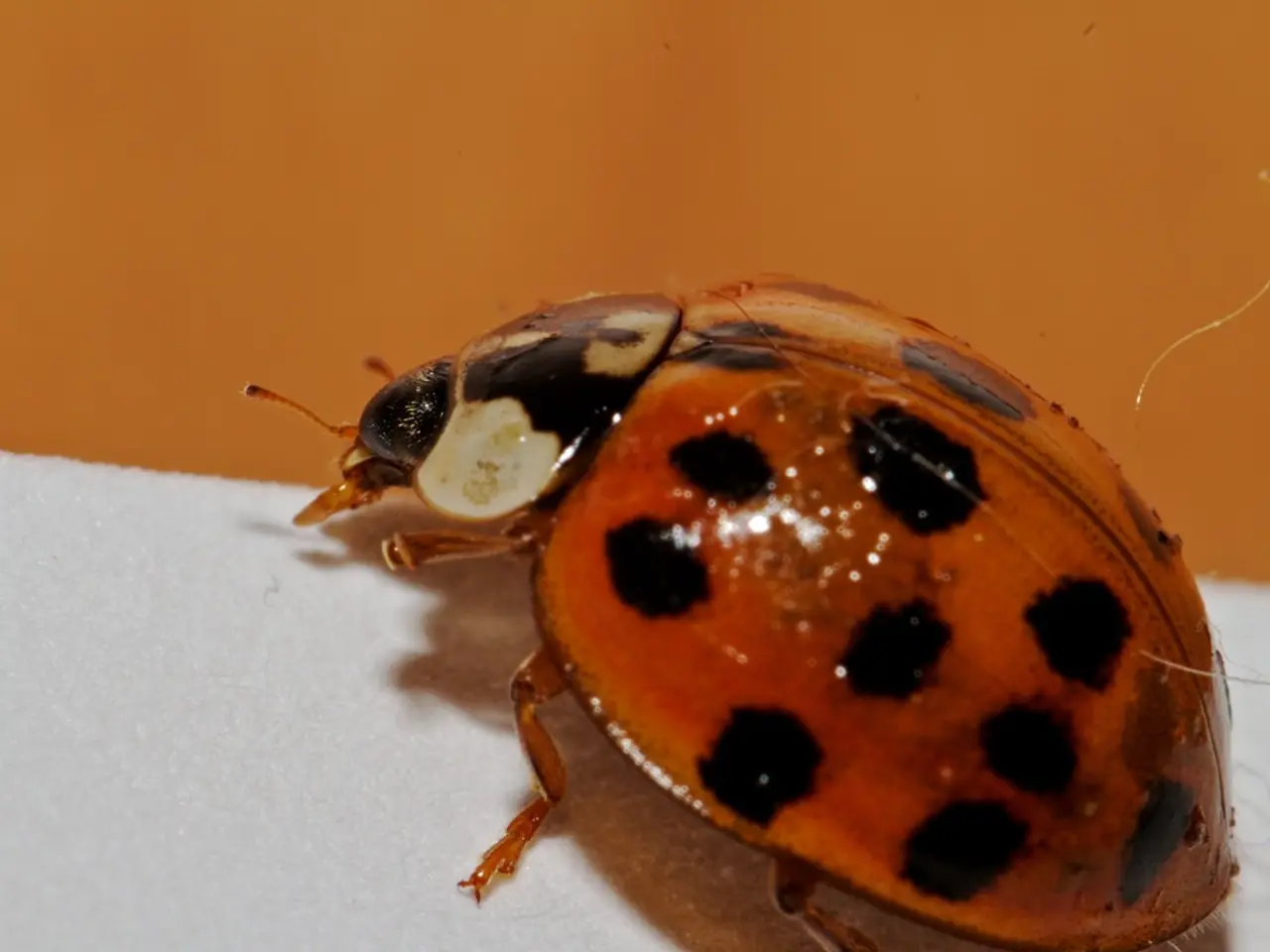CrowdStrike Warns of Venom Vulnerability in KVM, QEMU, and Xen
CrowdStrike has revealed a significant security flaw, dubbed Venom, in popular virtualization hypervisors KVM, QEMU, and Xen. The vulnerability, tracked as CVE-2015-3456, could allow guest operating systems to escape their virtual environments and access the host system. While no active exploits have been detected, the open-source nature of the affected software leaves it vulnerable to reverse-engineering by potential attackers.
Red Hat has issued patches for the Venom vulnerability in the affected hypervisors. Users of KVM, QEMU, and Xen should apply these updates promptly to protect their systems. Virtualization appliances are also at risk and should be inspected for available patches. Notably, VMware, Hyper-V, Linode, and Amazon AWS are not affected by this vulnerability.
To identify vulnerable systems internally, security teams can use Qualys scanning with the relevant QIDs for applicable Red Hat Linux versions. These are 115078, 115079, 115080, and 115081.
The Venom vulnerability poses a serious threat to virtualized environments. With no known exploits yet, prompt patching is crucial to prevent potential attacks. System administrators are advised to check their systems, apply available patches, and consider using Qualys for internal scanning to ensure their environments' security.








